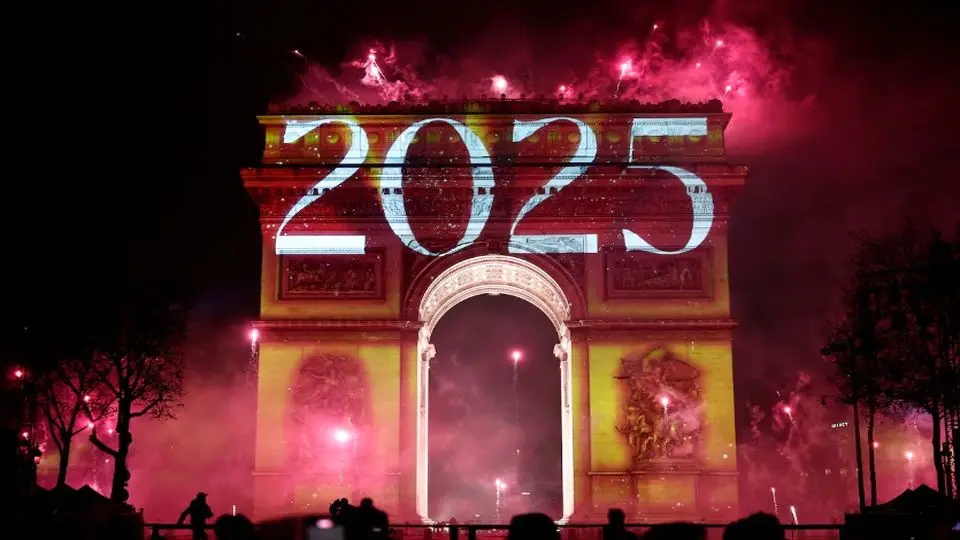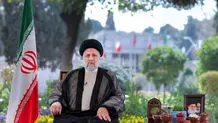People across world welcome 2025 with spectacular fireworks
People across the world, from Africa to Asia, from Europe to the Americas, have started to welcome 2025 as the New Year with spectacular fireworks displays and amazing street festivals.

MNA- Several countries around the world have already entered 2025, while in other nations, January 1, the first day of the year, began the moment the clock struck midnight under the local time zone.
People across the world have started to ring in the new year with spectacular fireworks displays. From Sydney to Mumbai to Paris to Rio de Janeiro, communities around the world welcomed 2025 with spectacular light shows, embraces, and ice plunges.
Why does the New Year begin on January 1?
The Roman republican calendar and the Julian calendar both recognized January 1 as the beginning of the New Year. The date was chosen partly in honor of Janus, the Roman god of beginnings and the month’s namesake. Though medieval Christians attempted to replace January 1 with more religiously significant dates, Pope Gregory XIII created a revised calendar that officially established January 1 as New Year’s Day in 1582. That date was gradually adopted in Europe and beyond; it subsequently spread to countries without dominant Christian traditions.
What are New Year festivals?
New Year festivals include all of the many observances worldwide that celebrate the beginning of a new year. They do not take place simultaneously, as different calendar systems, such as the Gregorian calendar, ancient Greek lunar calendar, and Jewish religious calendar, all mark the new year on different dates. Many New Year festival traditions are centered on New Year’s Eve, which is December 31.
New Year’s Eve is celebrated by gathering with friends and family. Popular rituals include serving food that symbolizes good fortune and making resolutions concerning what one hopes to accomplish in the next year. When the clock strikes 12:00 AM and the new year begins, people may cheer, toast with champagne, kiss loved ones, and, in the West, sing the ballad “Auld Lang Syne.”
While some Iranian Christians celebrate Christmas in Iran on December 25 and New Year’s Day on January 1, Armenians celebrate Christmas on January 6 at the same time as the Epiphany.
Christmas in Iran is celebrated by the Christian community who lives in Iran. The number of Christians in Iran, across various denominations, is estimated to be around 300,000 individuals. Among them, the Armenians, Assyrians, and Chaldeans form the majority, accounting for over 90% of Iran's Christian population.
Christmas Eve in Iran is an occasion that goes beyond cultural and religious divides, creating moments of happiness and celebration for all involved.
The lights illuminating the streets of Tehran and the meaningful services in churches reflect Iran’s diverse culture. Christmas in Iran is not just about the festivities; it’s about coming together, sharing traditional meals, and enjoying the warmth of family and friends.
This holiday highlights the universal themes of peace, joy, and community, uniting Iranians and visitors in the festive spirit. It’s a time when the true essence of Christmas – harmony, diversity, and unity – shines brightly across Iran.

